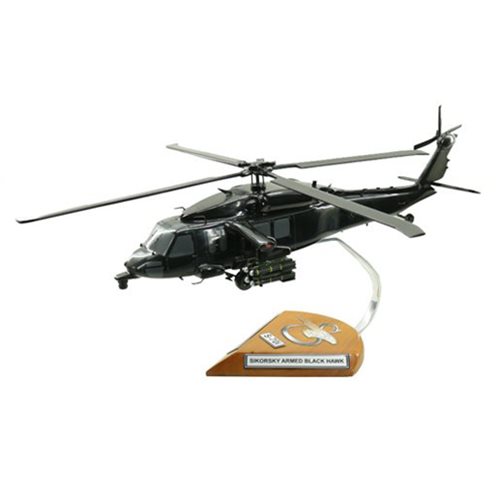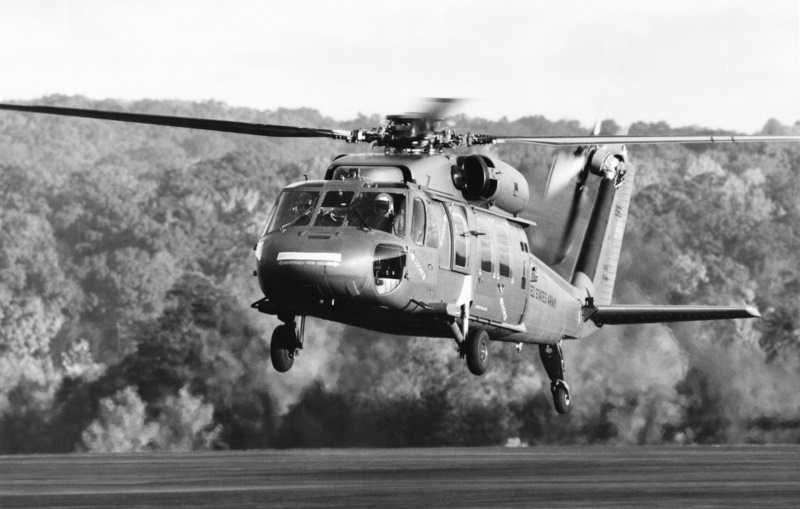The Sikorsky S 70 Helicopter: A Deep Dive into Its Style and Efficiency
The Sikorsky S 70 Helicopter: A Deep Dive into Its Style and Efficiency
Blog Article
High-Performance Multi-Role Rotorcraft Featuring Advanced Cabin Technologies and Integrated Sensor Solutions
The realm of rotorcraft modern technology has actually seen notable improvements in current times, particularly in the world of high-performance multi-role rotorcraft outfitted with cutting-edge cockpit innovations and effortlessly incorporated sensor systems. These technologies have not just increased the functional capacities of rotorcraft yet have actually additionally substantially influenced contemporary air travel operations on different fronts. From improved mission versatility to boosted operational performance, the merging of sophisticated cockpit technologies and incorporated sensing unit systems has actually introduced a new era of opportunities for rotorcraft applications. In the adhering to discussion, we will certainly check out the evolution of rotorcraft technology, explore the world of advanced cabin technologies, and take a look at the effects of incorporated sensor systems on the functional adaptability and effectiveness of modern rotorcraft.
Development of Rotorcraft Technology
The evolution of rotorcraft innovation has been marked by substantial developments in aerodynamics, products, and propulsion systems, forming the abilities and performance of contemporary rotorcraft. Furthermore, advancements in propulsion systems, consisting of extra effective engines and cutting-edge propulsion innovations, have made it possible for rotorcraft to accomplish higher altitudes, faster speeds, and better hauls.
These innovations have not just changed the capabilities of rotorcraft but have actually additionally expanded their applications across different sectors, including armed forces, industrial, and emergency solutions. The constant evolution of rotorcraft technology proceeds to drive technology in the area, pushing the limits of what is possible and shaping the future of upright flight.
Advanced Cabin Innovations
Structure upon the fundamental improvements in aerodynamics, materials, and propulsion systems, the world of rotorcraft innovation now shifts emphasis towards introducing Advanced Cockpit Innovations. The assimilation of sophisticated innovations within the cabin setting plays a vital role in boosting the functional abilities, safety, and performance of modern rotorcraft. sikorsky s 70. Advanced Cockpit Innovations include a wide selection of features created to offer pilots with improved situational understanding, structured data administration, and instinctive control interfaces
Among the essential innovations in cockpit layout is the application of glass cabins, which change conventional analog determines with high-resolution screens. These electronic systems supply adjustable formats, real-time data combination, and improved readability, making it possible for pilots to access essential information at a look. Advanced avionics systems, such as fly-by-wire controls and boosted reality displays, are transforming how pilots engage with the airplane, permitting for specific control and improved decision-making capacities.


Incorporating advanced cabin technologies not just improves pilot efficiency but additionally adds to overall mission performance and security in complex functional settings. By leveraging state-of-the-art innovations within the cabin, rotorcraft suppliers are setting new criteria for operational excellence and goal success.
Integrated Sensor Equipments
With the evolution of rotorcraft technology, the assimilation of sophisticated Integrated Sensor Solution has become extremely important in improving operational effectiveness and safety and security. These Integrated Sensor Equipments incorporate a wide variety of technologies that give vital data for different functions such as navigation, monitoring, targeting, and ecological surveillance. By seamlessly incorporating sensing units like radars, electronic cameras, lidar, and infrared systems into rotorcraft, drivers can take advantage of boosted situational understanding, boosted mission abilities, and minimized pilot workload.
One secret benefit of Integrated Sensor Systems is their capacity to collect real-time data and offer actionable understandings to pilots and mission operators. For instance, advanced radar systems can detect and track targets over fars away, enabling for very early danger detection and efficient action preparation. Additionally, incorporating electro-optical and infrared video cameras enables rotorcraft to perform reconnaissance and surveillance objectives with precision and accuracy.
In significance, the assimilation of advanced sensor technologies into rotorcraft not only improves operational efficiency but additionally adds significantly to total objective success and staff safety and security. As rotorcraft proceed to progress, the role of Integrated Sensor Equipment will unquestionably stay at the center of development in the aerospace sector.
Functional Adaptability and Performance
Enhancing operational convenience and performance in rotorcraft is a natural progression from the assimilation of innovative Integrated Sensing unit Solutions. By leveraging the understandings and information given by these innovative sensor systems, rotorcraft can enhance their efficiency throughout various goals and settings.
Operational adaptability incorporates the capability of rotorcraft to adapt to various functions and situations effectively. With advanced cabin innovations and incorporated sensor systems, rotorcraft can flawlessly shift between tasks such as search and rescue, medical discharge, monitoring, and more. This adaptability boosts the rotorcraft's ability to meet varied functional requirements without calling for substantial reconfiguration.
Efficiency in rotorcraft procedures is vital for making the most of goal effectiveness and resource utilization. Integrated sensing unit systems play a pivotal function in improving functional effectiveness by giving real-time click to investigate data on weather, terrain mapping, target tracking, and a lot more. This information enables pilots to make enlightened choices promptly, optimize trip paths, save gas, and boost total goal performance.
Effect on Modern Aeronautics Operations

Moreover, the integration of innovative sensors promotes enhanced mission planning and implementation, allowing rotorcraft to execute a large range of tasks with boosted accuracy. From search and rescue procedures to aerial firefighting and regulation enforcement missions, the capacities of contemporary rotorcraft furnished with advanced cockpit innovations and integrated sensor systems are unparalleled.
Additionally, the influence of these innovations prolongs past functional efficiency to cost-effectiveness and sustainability. By enhancing trip paths, gas consumption, and maintenance schedules, high-performance rotorcraft outfitted with advanced cockpit innovations and sensors add to lowering functional costs and environmental effect, making them important properties in modern-day aeronautics procedures.
Conclusion
In verdict, the high-performance multi-role rotorcraft with innovative cabin technologies and incorporated sensor systems represents a considerable development in aeronautics modern technology. These developments improve operational flexibility and effectiveness, inevitably influencing modern aeronautics procedures in a favorable method. The combination of these advanced innovations enables enhanced capabilities and performance in numerous objective circumstances, showcasing the proceeded advancement of rotorcraft technology in the air travel sector.
The world of rotorcraft innovation has seen noteworthy advancements in recent times, specifically their explanation in the world of high-performance multi-role rotorcraft furnished with advanced cockpit technologies and seamlessly incorporated sensing unit systems. From enhanced mission flexibility to improved functional efficiency, the convergence of sophisticated cabin innovations and integrated sensor systems has ushered in a new period of possibilities for rotorcraft applications. In the following conversation, we will certainly check out the evolution of rotorcraft modern technology, dig into the world of sophisticated cockpit technologies, and take YOURURL.com a look at the ramifications of integrated sensing unit systems on the operational convenience and effectiveness of modern-day rotorcraft.

Report this page